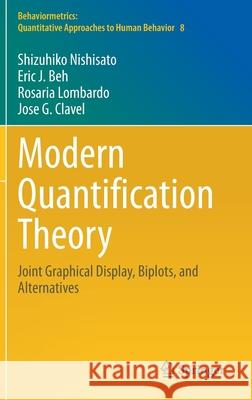Modern Quantification Theory: Joint Graphical Display, Biplots, and Alternatives » książka
topmenu
Modern Quantification Theory: Joint Graphical Display, Biplots, and Alternatives
ISBN-13: 9789811624698 / Angielski / Twarda / 2021 / 231 str.
Modern Quantification Theory: Joint Graphical Display, Biplots, and Alternatives
ISBN-13: 9789811624698 / Angielski / Twarda / 2021 / 231 str.
cena 564,88
(netto: 537,98 VAT: 5%)
Najniższa cena z 30 dni: 539,74
(netto: 537,98 VAT: 5%)
Najniższa cena z 30 dni: 539,74
Termin realizacji zamówienia:
ok. 22 dni roboczych
Bez gwarancji dostawy przed świętami
ok. 22 dni roboczych
Bez gwarancji dostawy przed świętami
Darmowa dostawa!
Kategorie:
Kategorie BISAC:
Wydawca:
Springer
Seria wydawnicza:
Język:
Angielski
ISBN-13:
9789811624698
Rok wydania:
2021
Wydanie:
2021
Numer serii:
000835979
Ilość stron:
231
Waga:
0.53 kg
Wymiary:
23.39 x 15.6 x 1.6
Oprawa:
Twarda
Wolumenów:
01
Dodatkowe informacje:
Wydanie ilustrowane











